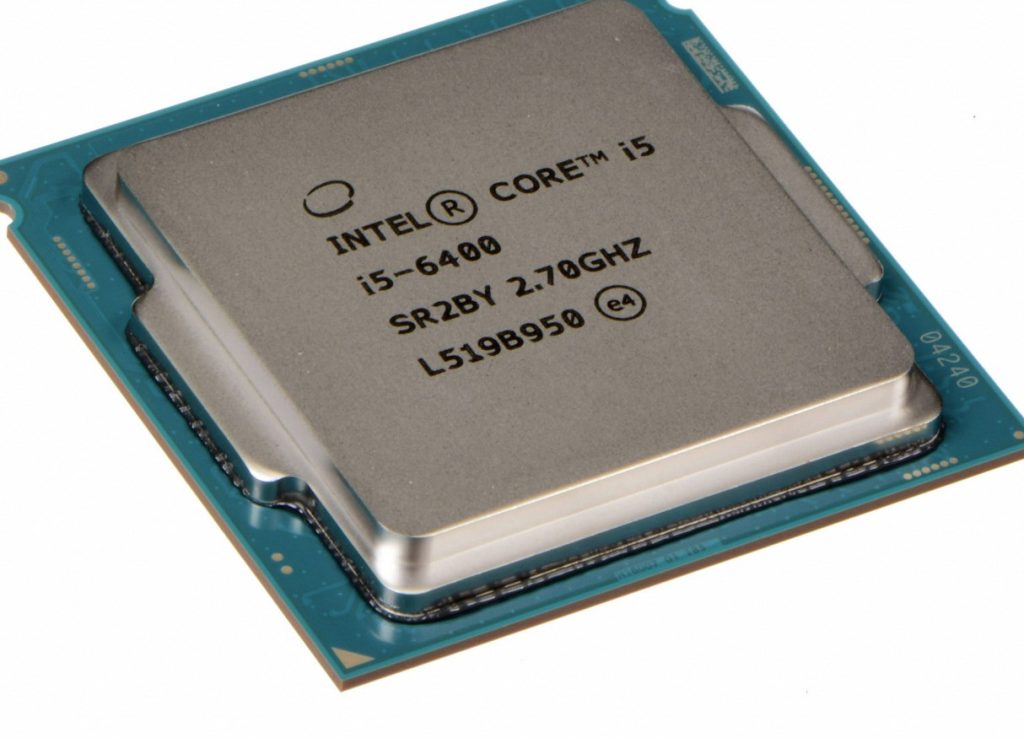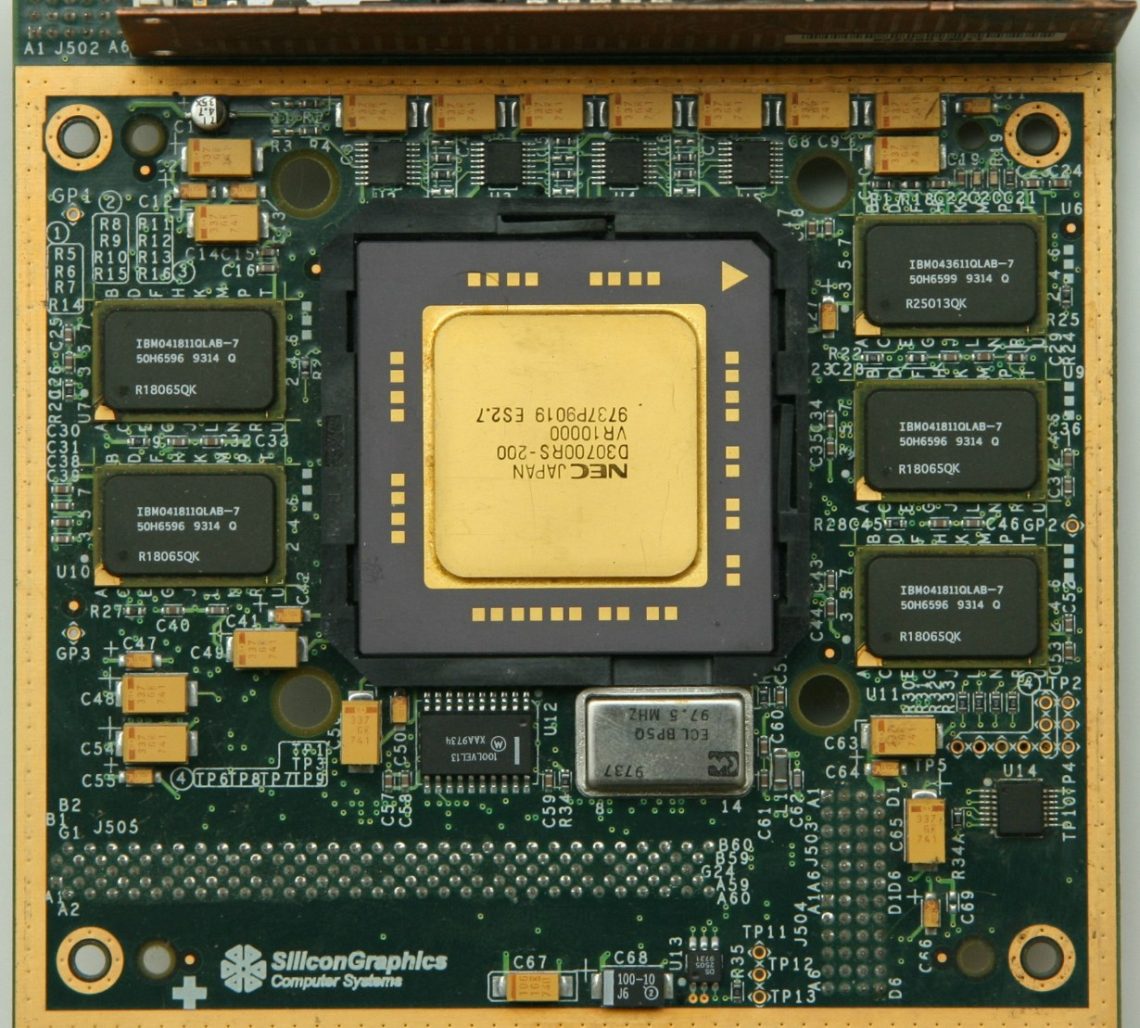Your Central Processing Unit (CPU) is the brain of your computer, responsible for executing instructions and managing all its operations. Knowing what CPU you have is crucial for understanding your computer’s capabilities and potential limitations. This guide will walk you through several methods to identify your CPU on both Windows and macOS systems.
Part 1: Using Your Operating System

1.1 Windows
Windows Settings: This is the simplest method. Press the Windows key, type “System Information,” and select the corresponding app. Under “Processor,” you’ll find details like the name, speed, and number of cores.
Task Manager: Right-click the taskbar and select “Task Manager” or press Ctrl+Shift+Esc. Go to the “Performance” tab and click “CPU.” Here, you’ll see the CPU name, speed, and real-time usage data.
1.2 macOS
About This Mac: Click the Apple logo in the top left corner and select “About This Mac.” Go to the “Processor” section to view your CPU details, including the model name and speed.
System Report: Click the Apple logo, then select “About This Mac” followed by “System Report.” Under “Hardware,” navigate to “Processor” for a more detailed breakdown, including cache size and number of cores.
Part 2: Utilizing Third-party Tools
2.1 CPU-Z (Windows):

CPU-Z is a free and lightweight utility that serves as a valuable tool for obtaining comprehensive information about your computer’s CPU, motherboard, memory, and various system components. Upon downloading and running CPU-Z, you can access detailed specifications that offer insight into the hardware configuration of your system.
By navigating to the “CPU” tab within the CPU-Z interface, you will be able to view essential details such as the CPU brand, model name, core count, cache size, and clock speed. This information provides valuable insight into the capabilities and specifications of your CPU, enabling you to gather detailed data for analysis or comparison purposes.
Moreover, CPU-Z offers additional tabs that provide comprehensive details about the motherboard, memory modules, and other system components, enhancing your ability to understand the overall configuration and performance attributes of your computer. This user-friendly utility serves as a convenient and reliable resource for accessing crucial hardware information, facilitating informed decision-making and optimization strategies for your system.
2.2 Speccy (Windows & macOS):

Speccy, another widely used utility, provides a comprehensive overview of both the hardware and software components of your computer system. By downloading and running Speccy, you can access detailed information about the specifications of your CPU as well as other crucial system components.
Upon launching Speccy and navigating to the “Central Processor” section within its interface, you will find an extensive array of detailed information about your CPU. This includes its name, architecture, core count, clock speed, and other pertinent details. This comprehensive breakdown allows users to gain valuable insights into the performance and capabilities of their CPU, enabling informed decision-making regarding potential upgrades, optimizations, or troubleshooting.
Beyond CPU details, Speccy provides a holistic view of your computer system, offering in-depth information about the motherboard, RAM, storage devices, and operating system. This multifaceted utility serves as a valuable resource for users seeking to gain a deeper understanding of their system configuration and performance attributes, facilitating effective system management and optimization strategies.
Part 3: Inspecting Your Physical Computer (For Desktops Only)

3.1 CPU markings:
If you feel confident about opening your desktop computer, you have the option to locate the CPU model name etched directly onto the CPU itself. This can be found by gently removing the CPU cooler to reveal the processor. However, it is essential to exercise caution and adhere to safety protocols. Before attempting this, it is crucial to ensure that your computer is turned off and unplugged to prevent any risk of electrical shock or hardware damage.
Once the CPU cooler is removed, you can carefully examine the surface of the CPU to find the model information. It is important to handle the CPU with care to avoid causing any damage, such as bending the delicate pins or damaging the thermal paste. This method provides a direct way to identify the CPU model without relying on software tools or utilities.
3.2 Motherboard manual:
Another method to determine the CPU model in your computer is to consult your motherboard’s manual. Motherboard manuals typically include a list of compatible CPUs that can be used with that specific motherboard model. This method is particularly helpful if the markings on the CPU are unclear or if you are unable to access the inside of your computer for any reason, such as a lack of technical familiarity or the absence of necessary tools.
By referring to the motherboard manual, you can find detailed information about the supported CPUs, including specific model names and series. This allows you to cross-reference the information with the CPU installed in your system or to identify potential upgrade options. Additionally, the manual often provides information on socket types, generation compatibility, and other relevant details that can assist in confirming the CPU model without the need to physically inspect the processor.

Part 4: Additional Considerations
4.1 Understanding the Information
Once you have successfully identified your CPU, you can conduct further research on its specifications by exploring online resources. By searching for the specific model of your CPU, you can access comprehensive information regarding its performance capabilities, generation, and potential upgrade options. It is advisable to look for terms such as clock speed, core count, and cache size, as these details provide valuable insights into the processing power and efficiency of the CPU.
Additionally, online resources can also provide in-depth analyses, benchmarks, and user reviews that offer a deeper understanding of the CPU’s performance in real-world scenarios. This research can be instrumental in evaluating the CPU’s suitability for your computing needs, as well as determining whether an upgrade to a newer or more powerful CPU would significantly enhance your system’s overall performance. By leveraging the wealth of information available online, you can make informed decisions regarding potential upgrades or optimizations to maximize the capabilities of your computer system.
4.2 Future Upgrades
Knowing your CPU model is vital when considering future upgrades. Check your motherboard’s compatibility list to ensure any potential CPU upgrade is compatible with your existing system.
By following these steps and considering the additional tips, you can easily identify your CPU and gain valuable insights into your computer’s capabilities. This knowledge empowers you to make informed decisions about software compatibility, potential upgrades, and overall system performance.





